 1961 Mercedes-Benz Fintail (W112) Dimensions, Size & Specs
1961 Mercedes-Benz Fintail (W112) Dimensions, Size & SpecsMeasurements of the 1961 Mercedes-Benz Fintail, engineered for optimal performance and comfort
| Dimensions | |
|---|---|
| Length: | 4875 mm191.9 in16.0 ft |
| Width: | 1795 mm70.7 in5.9 ft |
| Height: | 1455 mm57.3 in4.8 ft |
| Weight Specifications | |
| Curb Weight: | 1530-1565 kg3373-3450 lbs |
| Maximal permitted Weight: | 2010-2065 kg4431-4553 lbs |
The Mercedes-Benz Fintail (W112) generation, produced from 1961 to 1965, represents an iconic luxury sedan era characterized by refined design and solid build quality. This classic sedan measures 4875 mm (191.9 inches) in length, 1795 mm (70.7 inches) in width, and stands 1455 mm (57.3 inches) tall, offering a balanced and stately presence on the road. Weighing between 1530 and 1565 kilograms (approximately 3372 to 3450 pounds) curb weight, it was notably heavy for its time, reflecting the use of robust materials and advanced engineering. The maximum weight capacity ranges from 2010 to 2065 kg (4430 to 4553 lbs), illustrating its capability to comfortably accommodate passengers and cargo without compromising stability or ride quality. Known for its trademark 'Fintail' design—featuring subtle tail fins that enhance aerodynamic flow and aesthetic appeal—the W112 combines classic styling with the performance and luxury expected of Mercedes-Benz sedans during the early 1960s. The dimensions and weight make the Fintail a full-sized sedan in its segment, providing spacious interiors and substantial road presence. Its size and build contribute to a smooth, stable driving experience, suitable for both urban and highway driving. This generation remains a favorite among classic car enthusiasts for its blend of elegance, engineering, and distinct historical significance.
Discover the standout features that make the 1961 Mercedes-Benz Fintail a leader in its class
Have a question? Please check our knowledgebase first.
The Mercedes-Benz Fintail (W112) sedan measures 4875 mm (approximately 192 inches or 16 feet) in length, 1795 mm (about 70.7 inches or 5.9 feet) in width, and 1455 mm (roughly 57.3 inches or 4.8 feet) in height. These dimensions reflect the car's classic large sedan proportions, offering spacious interior room and a stately road presence that was typical of luxury vehicles in the early 1960s.
The curb weight of the Mercedes-Benz Fintail (W112) ranges between 1530 kg and 1565 kg (approximately 3373 to 3450 pounds). The maximum permissible weight, which includes the vehicle fully loaded with passengers and cargo, ranges from 2010 kg to 2065 kg (about 4430 to 4552 pounds). This weight range indicates the car was relatively heavy due to its extensive use of steel and robust mechanical components typical of its era.
With a width of 1795 mm (or about 70.7 inches), the Mercedes-Benz Fintail (W112) fits well within the typical standard garage width, which is usually around 2.5 to 3 meters (approximately 8.2 to 9.8 feet). This means there is sufficient space for opening doors and maneuvering inside most standard garages without trouble, although drivers should consider any added mirrors or accessories when parking.
The Fintail (W112) stands at 1455 mm tall (about 57.3 inches), which places it at a moderate height range for luxury sedans in the early 60s. This height allows for comfortable headroom and a commanding driving position but is not excessively tall, facilitating easier garage storage and urban driving. Compared to some contemporaries, it strikes a good balance between spaciousness and streamlined aesthetics.
Given its overall length of 4875 mm and width of 1795 mm, the Mercedes-Benz Fintail (W112) delivers a roomy interior typical of luxury sedans of its time. The substantial wheelbase and wide body provide comfortable seating for passengers both in front and rear, with generous legroom and shoulder room. This makes it an excellent choice for long journeys and formal travel, with ample space for occupants without sacrificing elegance.
Compared to its predecessor, the W111 Fintail models, the W112 maintained similar exterior proportions with subtle refinements. The length and width remained close to the predecessor, approximately around 4.87 meters long and 1.79 meters wide, with marginal differences mainly in design and trim rather than size. The W112 was slightly heavier due to more luxurious equipment and robust construction but kept the same elegant yet functional size class.
When compared to contemporaries like the BMW 502 or Cadillac Series 62 from the early 1960s, the Mercedes-Benz Fintail (W112) was quite competitive in size. Its length of nearly 4.9 meters and width of about 1.8 meters positioned it as a substantial but not overly large luxury sedan. European competitors often had similar dimensions, while many American sedans of the era were larger, making the W112 a blend of European refinement and luxury SUV-like road presence.
The Mercedes-Benz Fintail (W112) is distinctive for its iconic 'Fintail' rear styling, which featured modest tail fins that differentiated it from earlier round-tailed designs. The W112 marked Mercedes' entry into more luxurious and technically advanced sedans by incorporating air suspension and offering powerful V8 engines, which were groundbreaking at the time. Its blend of advanced engineering, superior materials, and elegant styling made it a flagship model for Mercedes-Benz during its production.
With a curb weight between 1530 and 1565 kg (approximately 3373 to 3450 lbs), the Fintail (W112) was relatively heavy, which generally contributed to a solid, stable ride that many drivers found reassuring in luxury vehicles. However, the heavier mass could also mean less nimble handling and slightly increased fuel consumption. Its engineering included suspension designed to offset these factors, providing a balance between comfort and control consistent with luxury expectations.
The Mercedes-Benz Fintail (W112) offers a practical blend of luxury, durability, and usability for daily driving despite being a large and relatively heavy vehicle. Its dimensions fit comfortably in most garages, and the spacious interior makes it ideal for families or executives. The robust engineering ensures reliability, though the weight and size mean it is less suited for tight urban environments compared to smaller cars. Fuel economy and maintenance costs are higher but typical for a luxury sedan of its era.
Discover similar sized cars.
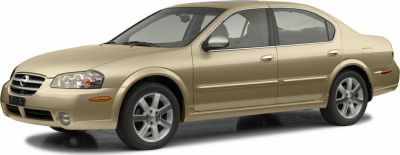
| Production: | 2000-2004 |
|---|---|
| Model Year: | 2000 |
| Length: | 4920 mm193.7 in |
| Width: | 1780 mm70.1 in |
| Height: | 1435 mm56.5 in |
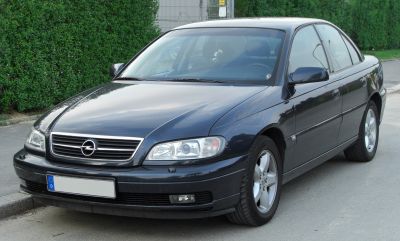
| Production: | 1999-2003 |
|---|---|
| Model Year: | 1999 |
| Length: | 4898 mm192.8 in |
| Width: | 1775-1785 mm69.9-70.3 in |
| Height: | 1455 mm57.3 in |
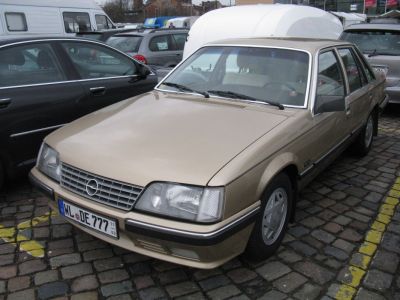
| Production: | 1981-1986 |
|---|---|
| Model Year: | 1982 |
| Length: | 4828-4839 mm190.1-190.5 in |
| Width: | 1722-1728 mm67.8-68.0 in |
| Height: | 1415 mm55.7 in |
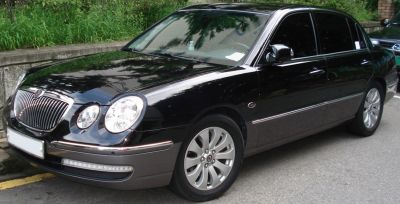
| Production: | 2003-2010 |
|---|---|
| Model Year: | 2003 |
| Length: | 4970-4979 mm195.7-196.0 in |
| Width: | 1850 mm72.8 in |
| Height: | 1486 mm58.5 in |
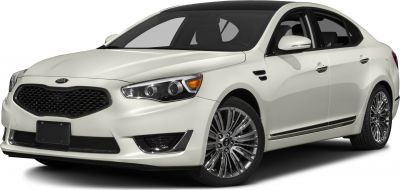
| Model Year: | 2013 |
|---|---|
| Length: | 4965 mm195.5 in |
| Width: | 1850 mm72.8 in |
| Height: | 1475 mm58.1 in |
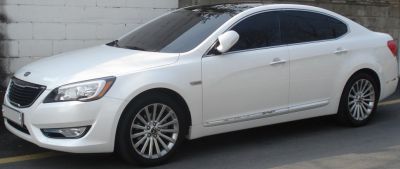
| Model Year: | 2010 |
|---|---|
| Length: | 4965 mm195.5 in |
| Width: | 1850 mm72.8 in |
| Height: | 1475 mm58.1 in |
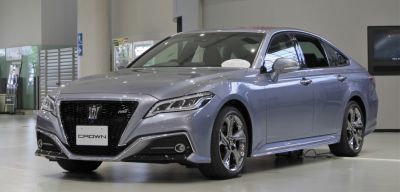
| Production: | 2018-2022 |
|---|---|
| Model Year: | 2018 |
| Length: | 4910 mm193.3 in |
| Width: | 1800 mm70.9 in |
| Height: | 1455-1465 mm57.3-57.7 in |

| Production: | 2016-2018 |
|---|---|
| Model Year: | 2016 |
| Length: | 4895 mm192.7 in |
| Width: | 1800 mm70.9 in |
| Height: | 1460-1475 mm57.5-58.1 in |
